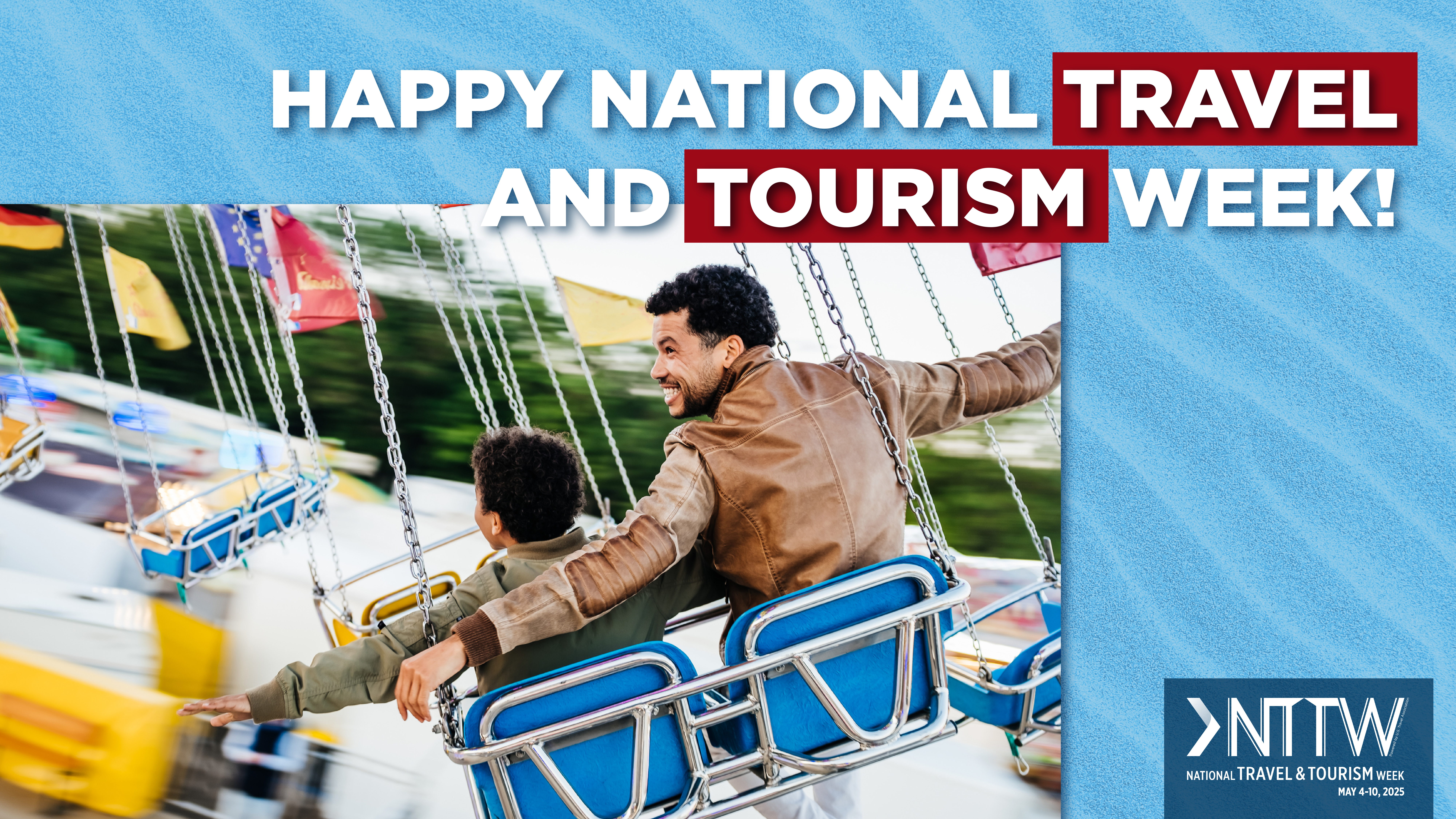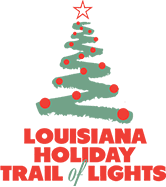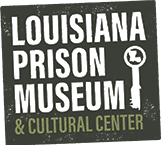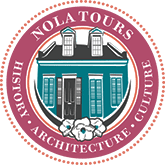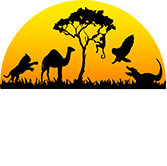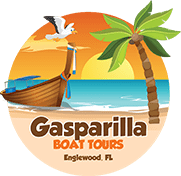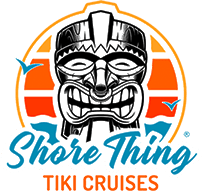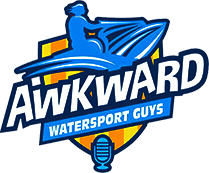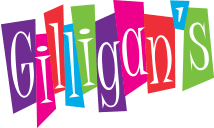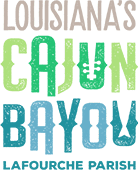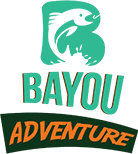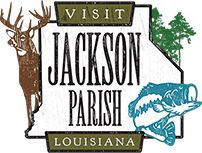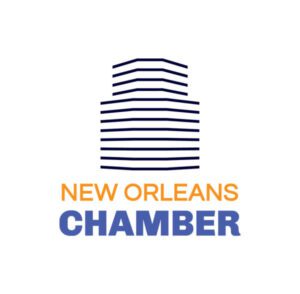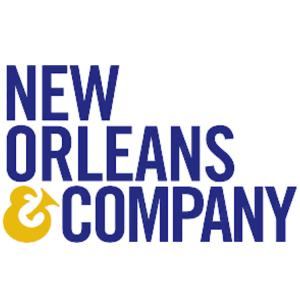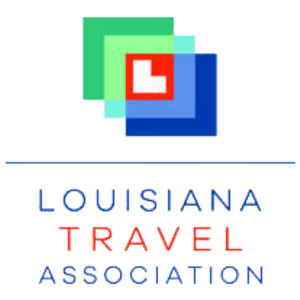Every May, the travel and tourism industry takes a moment to remember “the why.” In a tradition founded decades ago in the Capitol corridors of Washington, D.C., it’s celebrated now as a story of resilience, recognition, and the voices that made it matter. And it continues to shape how we view travel in America.
Yes, it’s a celebration and of course, there’s epic parties! But it’s also a sentiment that reflects across every welcome center, airport, ticket booth, and hotel lobby today.
In times like these, the resonance of what this week stands for and how it came to be rings especially close to heart. Because National Travel and Tourism Week (NTTW) recognizes an industry built with intention from the ground up. And it’s grown economically, culturally, yes – even emotionally – because of the very people within it.
What Sparked National Travel and Tourism Week?
Economic Momentum in the 1970s and 1980s
It took a while for the federal government to see tourism as the serious economic engine we know and love. But folks were working diligently to bring it to light. Momentum came to a head in 1979, when the first Congressional Travel and Tourism Caucus was formed to recognize the economic importance of travel, and the need to advocate for the industry at a national level. It was this caucus, and industry champions like former Congressman Jim Santini, who helped give rise to the first major law to promote U.S. tourism – the National Tourism Policy Act of 1981.
Congressional Action
By 1983, a joint resolution was passed to create a national week, recognizing the role of travel in the U.S. economy. President Ronald Reagan signed it, and in 1984, the first National Tourism Week launched with a ceremony at the White House! At the signing, Reagan praised the travel sector’s value to the country: “Travel and tourism is an important industry. It’s good business, and it’s great for America.”

How the Week Took Off
From White House Lawn to Main Street, USA
As we know, tourism folks are incredibly supportive of one another. Cities across the country soon joined in on the celebration. And from travel offices to local governments and tour operators, the movement expanded.
The Industry Picks It Up and Runs
We saw the Travel Industry Association of America, (what we now recognize as the U.S. Travel Association), help formalize the week and power structural promotion. They created toolkits and messaging guides to help businesses join the fun cohesively. Over time, the event became known more broadly as National Travel and Tourism Week (NTTW) to reflect the full scope of the industry, including business travel, transportation, hospitality, and more.
Crisis and Resilience
Every movement meets its moment. For National Travel and Tourism Week, those moments came fast and hit hard.
After the September 11 attacks, airspace closed and confidence shattered. But in May 2002, President George W. Bush stood in front of the nation and encouraged Americans to travel. That year, NTTW became a quiet but powerful invitation to rebuild.
Another instance was in 2009, when the economy faltered. Travel was hit on all sides. U.S. Travel came into play with Travel Rally Day. The workforce behind the travel economy got a moment in the light as destinations across the country stepped up with rallies, speeches, hometown pride.
In 2020, COVID-19 arrived and all but emptied airports. Events vanished. Borders closed. But the week didn’t disappear. In fact, the “Spirit of Travel” became more than a theme, as destinations and tour companies took the message online with initiatives like livestreams, social media, and digital exhibits. The campaign reminded people that the industry hadn’t gone away at all. It was just accessible in new, but profound ways to interact.
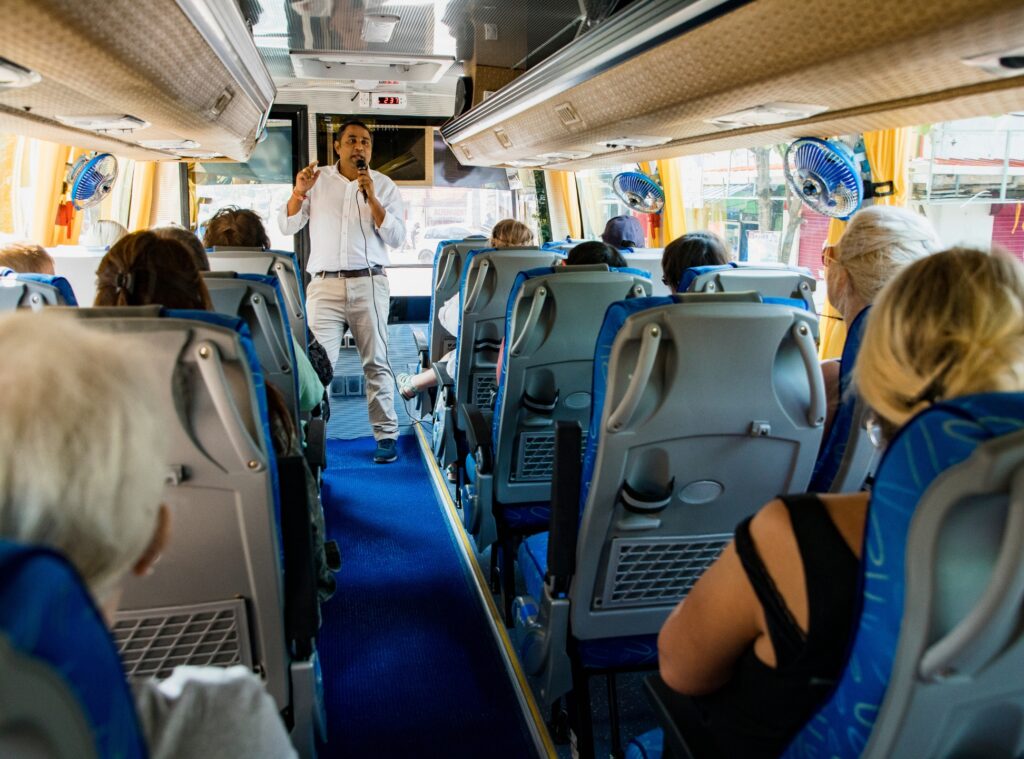
What NTTW Means Today
Beyond Balloons and Banners
Each year the U.S. Travel Association sets a theme for National Travel and Tourism Week to reflect the state of travel and set a direction for the industry to follow. “Power of Travel,” and “Travel Forward,” for example, serve as guides for businesses and destinations to showcase their contributions in tangible, meaningful ways cohesively in their messaging.
NTTW is a time when public attention naturally gravitates toward the travel sector, so timely messaging, strategic social media content, and targeted public relations efforts ensure the moment isn’t wasted.
It’s an opportunity to communicate clearly and effectively to key audiences – a keystone element of great tourism marketing strategy.
Current Impact of the Travel Industry
Today, the travel industry is one of the most powerful forces in the U.S. economy. From hotel night stays and airport meals to local museums and small-town tours, the ripple effects of tourism stretch far and wide. The numbers are powerful.
- Travel supports nearly 15 million jobs in the United States
- It generates more than $1.3 trillion in direct spending
- The industry has a $2.9 trillion economic footprint.
Why National Travel and Tourism Week Matters
NTTW is a chance to show the world the economic force and jobs engine it truly is. It’s a glorious space where culture, commerce, and community collide.
During this time in May, professionals across the sector put their work on display. Not to brag, but to inform. And most importantly, to remind local leaders and federal decision-makers of the return on every dollar invested in tourism.
This is a time when destination marketers bring their impact data to the table. It’s when tour operators walk officials through what it takes to run a season. Voices from the ground floor rise to meet the policy level, in-person at capitols across the nation.
This is the week when shuttle drivers, front desk staff, creative leads, and founders all stand shoulder to shoulder. And that’s the point. Travel doesn’t run on auto. It runs on people.
NTTW is how we make that visible.
FAQs About National Travel and Tourism Week
What is National Travel and Tourism Week?
A week-long celebration recognizing the contributions of the U.S. travel industry.
When was National Travel and Tourism Week established?
It was established in 1983 and first celebrated in 1984.
Who organizes National Travel and Tourism Week?
The U.S. Travel Association coordinates campaigns and provides resources.
Why does NTTW matter to local tourism businesses?
It provides an opportunity to advocate for funding, tell your story, and connect with your audience.
How can businesses participate?
By hosting events, launching campaigns, joining rallies, or collaborating with local government.
Final Thought
National Travel and Tourism Week was built to highlight something we already know: that travel changes lives and builds economies. It started with a signature and grew into a national movement. Today, it’s a platform and resounding chance to push the industry forward.
Want help building a campaign for next year’s NTTW? Talk to The Von Mack Agency.
